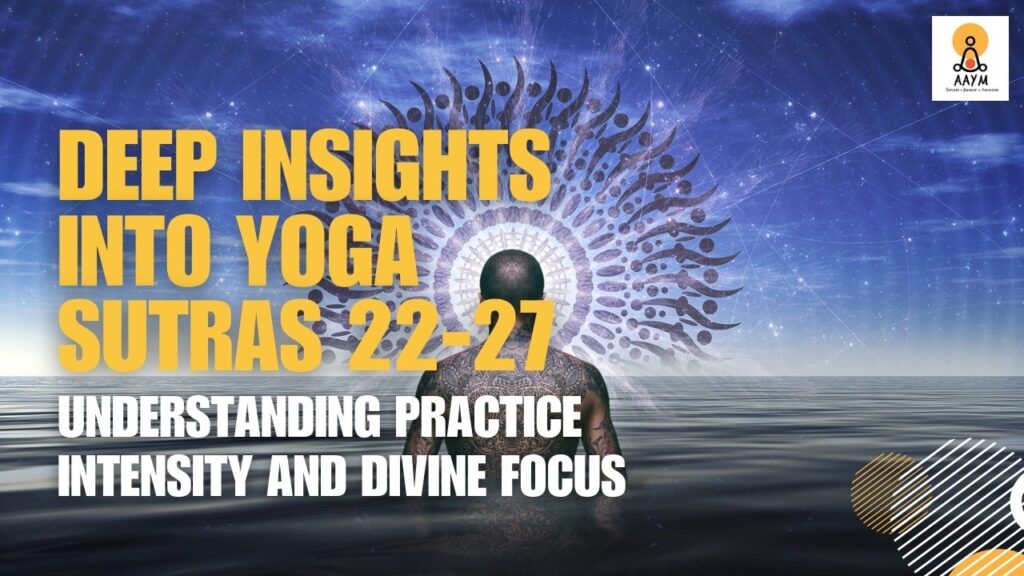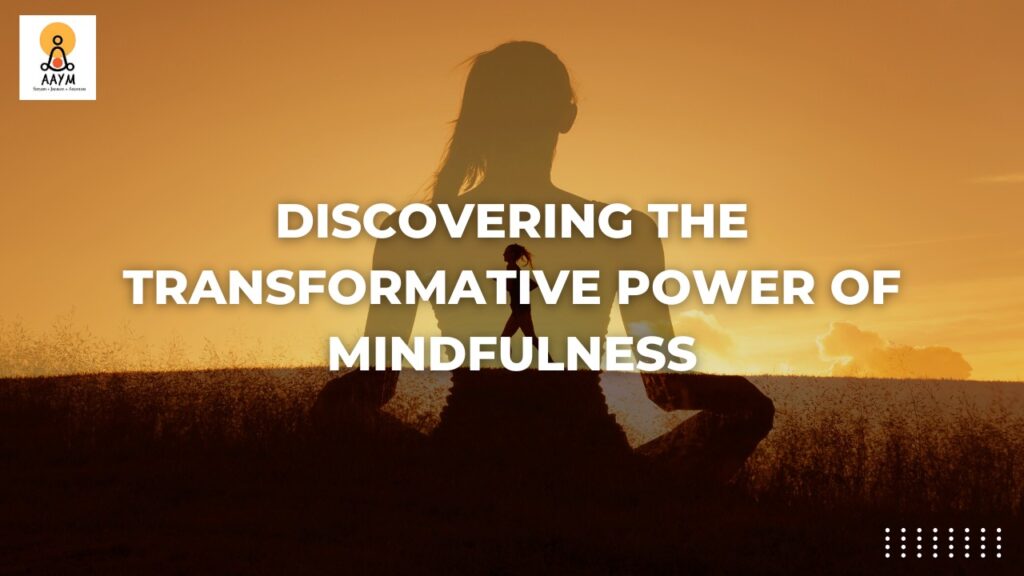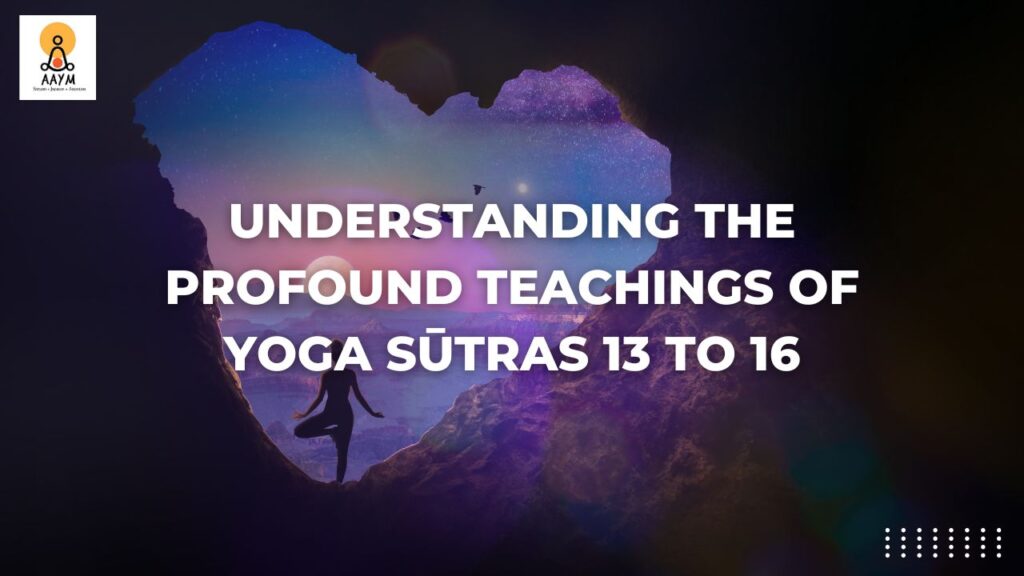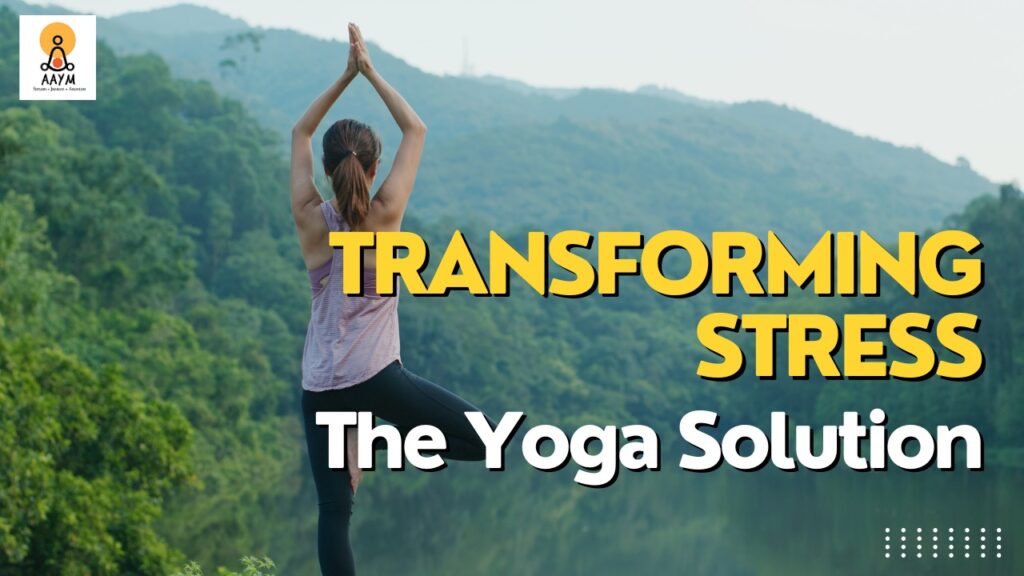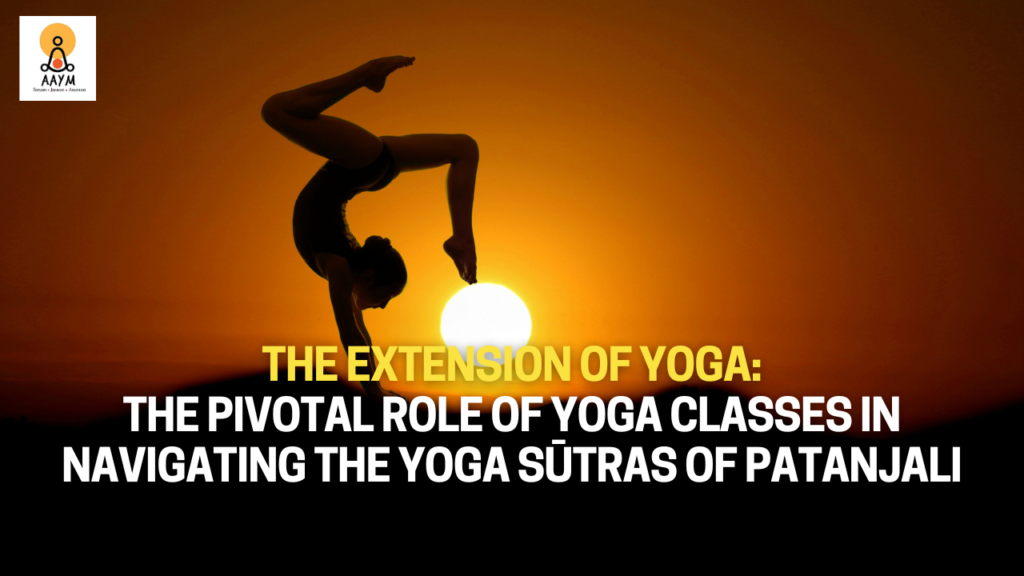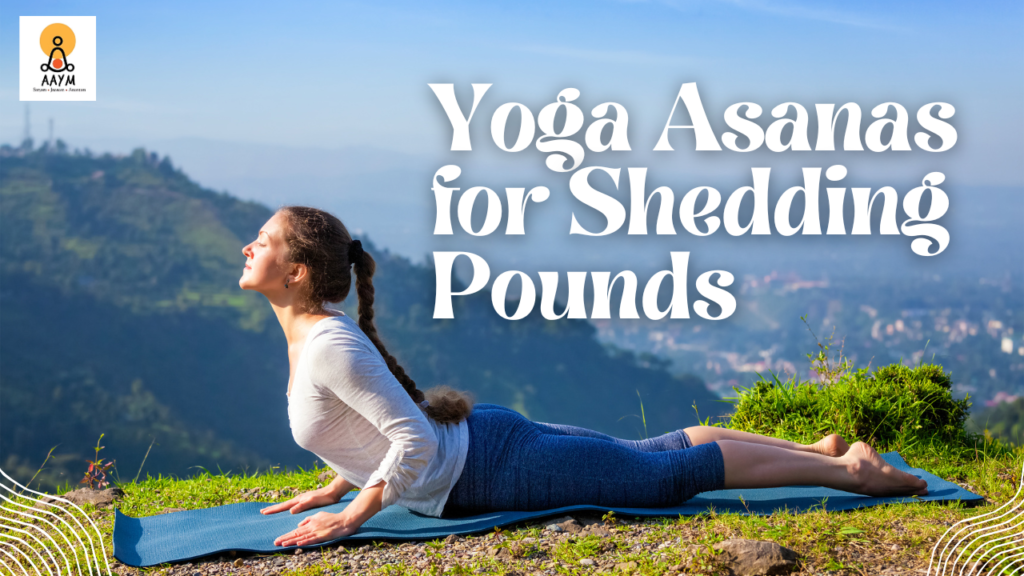Heart Health Needs Yoga, Breathe, Balance To Thrive Exercise that increases your heart rate isn’t the only physical activity that can help prevent or manage heart disease. The calming exercise of yoga is good for the heart, too. “A large number of studies show that yoga benefits many aspects of cardiovascular health,” says Hugh Calkins, M.D., director of the Cardiac Arrhythmia Service at Johns Hopkins. “There’s been a major shift in the last five years or so in the number of cardiologists and other professionals recognizing these benefits are real.” Yoga is a mind-body activity that involves moving through a series of body poses and breathing exercises that can improve strength, flexibility, balance, and relaxation. Dozens of different formats or practices, such as Hatha, Anusara, ashtanga, and many others, emphasize different focuses, such as toning, strength training, or meditation. Yoga as a Stress Outlet One of yoga’s most precise benefits to the heart is its ability to relax the body and mind. Emotional stress can cause a cascade of physical effects, including releasing hormones like cortisol and adrenaline, which narrow your arteries and increase blood pressure. Yoga’s deep breathing and mental focus can offset this stress. Worry and depression commonly follow a cardiac event, such as a heart attack, bypass surgery, or diagnosis of heart disease. As part of an overall treatment plan, yoga can help you manage this stress. Yoga as Heart Booster Beyond off-loading stress, practicing yoga may help lower blood pressure, blood cholesterol, blood glucose levels, and heart rate, making it a helpful lifestyle intervention. One study has shown that blood measurements and waist circumference—a marker for heart disease—improved in middle-aged adults with metabolic syndrome who practiced yoga for three months. Another study has shown that slow-paced yoga classes twice a week reduced the frequency of atrial fibrillation episodes in patients with that condition. In another report, patients with heart failure who underwent an eight-week yoga program improved exercise capacity and quality of life. They also had lower blood levels of inflammation markers, contributing to heart disease. Yoga as Smoking Cessation Aid Some research indicates yoga might be a valuable tool in helping smokers quit. Smoking is one of the most significant risk factors for heart disease. Yoga as Exercise Yoga can also improve flexibility, muscle strength, and balance. Because it’s not a form of aerobic exercise that raises the heart rate, you shouldn’t count the time you spend doing it as part of your recommended weekly total for moderate to vigorous physical activity. Definitions Arteries are the blood vessels that carry oxygen-rich blood away from your heart for delivery to every part of your body. They look like thin tubes or hoses. The walls have a tough outer layer, a middle layer of muscle, and a smooth inner wall that helps blood flow easily. The muscle layer expands and contracts to help blood move. Blood glucose: Also referred to as blood sugar, the primary energy source for the cells in your body. Blood glucose levels rise after meals and fall the longer you’ve gone without eating. Your blood glucose level measures how much glucose you have in your bloodstream. An average fasting blood glucose level is between 70 and 100 mg/dl (milligrams per deciliter of blood). Cortisol is a hormone produced by the adrenal glands on top of the kidneys and involved in the stress response. It rises in the mornings, inducing wakefulness, and also rises during stress. Sleep deprivation, caffeine, and alcohol can also raise cortisol levels. Chronically high levels have been linked with low immunity, weight gain, and other health problems. Yoga is an ancient Indian mind-body technique that is becoming increasingly popular throughout the world because of its several health benefits. Yoga is an integrated system of self-culture that aims at the harmonious development of body and mind and covers all aspects of human life that lead to physical well-being and mental harmony, culminating in positive thinking, happiness, and peace. Yoga envisages health on the principle of a healthy mind in a healthy body. Yoga is not merely a few postures (asanas) but a holistic lifestyle that promotes physical, mental, emotional, and spiritual well-being. Although there are many types of yoga, Hatha Yoga is most commonly practiced. Core components of Hatha Yoga include stretching exercises and physical postures (Asanas), breath control (Pranayama), and concentration techniques (Meditation). Yoga is believed to help detoxify the body, mitigate chronic fatigue, enhance endurance, and improve organ and immune functions. Beneficial effects of yoga have been reported in multiple chronic conditions, including depression, stress, anxiety, menopausal symptoms, arthritis, low back pain, cancer, allergies, asthma, acid peptic disease, irritable bowel syndrome, migraine, metabolic syndrome, diabetes mellitus, cardiovascular diseases (CVD), etc. Yoga is especially beneficial for the primary and secondary prevention of CVD.

